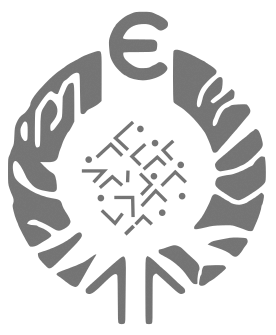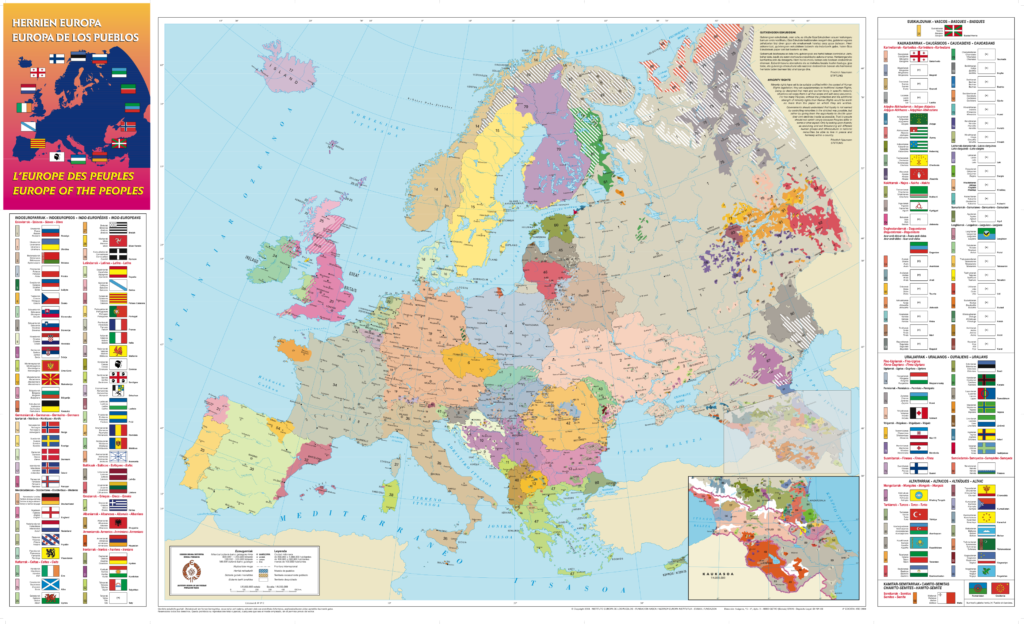Information translated by Google translate ![]()
BASIC DATA
Area, 25,333 km²
Population, 2,075,301 h (est. 2018)
Capital, Skopje
Languages: Macedonian (official) 66.5%, Albanian 25.1%, Turkish 3.5%, Romany 1.9%, serbicroata 1.2%,
another 1.8%.
Ethnic composition: Macedonians 64.2%, Albanians 25.2%, Turks 3.9%, Gypsies 2.7%, Serbs 1.8%, others (Bosnians, Arauans, Croats, Montenegrins, Bulgarians) 2.2% ( est. 2002).
Religions: Orthodox 69.6%, Muslim 28.6%, others (Catholic, Protestant) 1.3%, non-religious 0.5% (2011 est.).
Literacy rate, 97.8%
Human Development Index (HDI), 0.757 (UN-2018) (80th in the world).
Political system, parliamentary republic.
DEMOGRAPHIC INDICATORS
Birth rate, 11.4 ‰
Mortality rate, 9.2 ‰
Vegetative growth, -0.22%
Life expectancy at birth: men, 73.8 years; women, 79.2 years (est. 2017).
ECONOMY
Agriculture: cereals, rice, fruits, vegetables, cotton, tobacco.
Livestock: bovine, ovine, porcine, goat.
Mining: lignite, copper ore, iron ore, lead, zinc, nickel, gold, silver.
Industry: food, textile, wood, steel, energy.
GDP per capita, $ 15,231 (2017)
Sectoral distribution of GDP:
· Agriculture, 10%
· Industry, 30%
· Services, 60% (2017 est.)
Foreign trade:
· Exports: chemical and electrical products, textiles, metals, vehicles.
· 5,460 million dollars
· Imports: electrical products, platinum, petroleum, vehicles, iron and steel products and foodstuffs.
· 7,030 million dollars (2016)
HISTORY (XX-XXI centuries)
1903: Bloody clashes between different factions, and thousands of Macedonians fled to Bulgaria.
1912: War of the Balkans.
1913: Treaty of Bucharest: Macedonia was divided between Greece and Serbia.
1914: Allied forces landed at Thessaloniki, which became the base of their operations in Macedonia.
1919: Treaty of Peace: divided the country between Greece and the new Kingdom of the Serbs, Croats and Slovenes.
1928: The agitations in favor of an autonomous Macedonia or its union with Bulgaria acquired great virulence.
1930: The rapprochement between Macedonia and Yugoslavia considerably reduced the mood.
1941: Macedonia was incorporated into Bulgaria.
1946: The north-western part of the country became part of the People’s Republic of Macedonia, within Yugoslavia.
1967: The orthodox archbishopric of Skopje was restored 200 years later.
1980: Nationalist agitations after the death of the Yugoslav leader Tito.
1991: Referendum in which independence won by overwhelming majority; the consultation was boycotted by the Albanian minority. Proclamation of a new Constitution, already multi-party and democratic. Kiro Gligorov was the first president of the new independent Macedonia.
1994: An agreement was reached between Greece and Macedonia, for which it had to modify its flag and adopt the official name of Former Yugoslav Republic of Macedonia, in theory a provisional name but with which this year it joined the UN. He was re-elected K. Gligorov.
1995: Attack against the president who was seriously injured.
1996: Collaboration agreements with Bulgaria and Albania, in order to avoid economic isolation.
1997: North American Blue Helmet contingents monitor the northern border. In Skopje an agreement was signed between Macedonia and Albania to maintain security along the common border.
1998: The Security Council of the United Nations approved revoke the order of withdrawal of the peacekeeping forces of the UN.
1999: Flood of Albanian refugees towards Macedonia, during the bombings carried out by NATO against the new Yugoslav federation. The presidential elections were won by Boris Trajkovski, who defeated the neo-communist candidate Tito Petkovski.
2001: There were uprisings of the Albanian ethnic groups and the National Liberation Army emerged, asking for equality and rights for the Albanians. The Macedonian majority parties formed a government under the mandate of Prime Minister Ljubčo Georgievski, with the intention of solving the problems of ethnic minorities.
2002: The Social Democratic Party won the elections and Branko Crvenkovski became the Prime Minister.
2004: President Boris Trajkovski died in a plane crash, and Prime Minister Branko Crvenkovski took office after winning the presidential election. The government altered the territory of the municipalities to grant greater power to the Albanian minorities, which produced protests on the part of the Macedonians.
2006: After the general elections, the Internal Revolutionary Organization of Macedonia-Democratic Party for National Macedonian Unity gained access to the government by forming a coalition with the Democratic Party of the Albanians and other minority parties.
2008: Greece blocked the entry of Macedonia into NATO due to objections with the name of the country. On the other hand, Macedonia recognized the sovereignty of Kosovo.
2009: Macedonia joined the Schengen treaty.
2016: Nikola Gruevski resigned at the request of the European Union, to end many months of political crisis.
2017: The leader of the Social Democratic Party Zoran Zaev formed a coalition with the Albanian political groups.
2018: The referendum called to change the name of the country to «Macedonia of the North» was canceled due to low citizen participation. The approval of that name would have improved relations with Greece, facilitating Macedonia’s accession to NATO and the European Union.

COLABORA
con la actualización de esta información
ELKARLANEAN
informazio hau eguneratuta
COLLABORATE
with the update of this information
inst-europ@inst-europ.org
